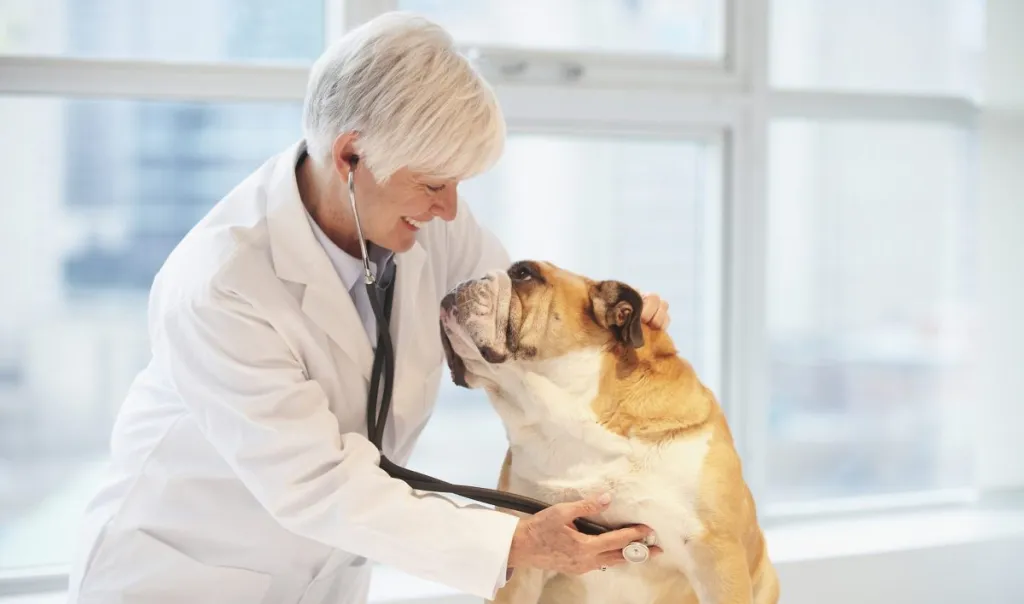Bisacodyl is a stimulant laxative that can treat constipation in dogs. The medication sold under the brand name Dulcolax works by stimulating the animal’s bowels and helping them to defecate. Closely follow your vet’s instructions for the correct and safe dosage and frequency. Here’s what you should know about the uses, dosage, and side effects of bisacodyl for dogs.
Uses of bisacodyl for dogs
Veterinarians most commonly prescribe bisacodyl to treat constipation in dogs. It’s a stimulant laxative that works by stimulating the canine’s bowels; although, there’s still some medical uncertainty about precisely how the process works. Vets may also prescribe this medication before certain surgical procedures or examinations.
Vets usually prescribe this medication only for short-term constipation relief. Dogs who experience chronic constipation must receive further veterinary treatment.
This drug usually comes in the form of tablets, suppositories, or enemas. While you don’t need a veterinarian’s prescription to purchase Dulcolax, you must consult with your vet before adding it to your dog’s routine. We do not recommend attempting to. give your dog this medicine without a veterinarian’s approval and instruction.
Dosage of bisacodyl for dogs
Your vet will prescribe bisacodyl for your dog in a dosage that reflects the severity of the constipation and the size and weight of your dog.
Veterinarians generally recommend administering oral tablets daily. They may also suggest liquid bisacodyl as an enema solution or one to three pediatric suppositories, given rectally.
It’s important to always follow your vet’s dosage and administration instructions exactly. This includes the length of time you should give the medicine to your dog.
Side effects of bisacodyl for dogs
Side effects of bisacodyl do not commonly appear in dogs; although, nausea, cramping, and diarrhea have been reported. Dogs suffering from an obstructed colon should not take this drug.
In general, if you notice signs of allergic reaction, including hives, swelling, or difficulty breathing when your dog takes any kind of medication, make sure to contact your veterinarian immediately.
If you suspect your dog took too much of the drug and may be suffering from an overdose, then you must contact an emergency veterinarian right away.









